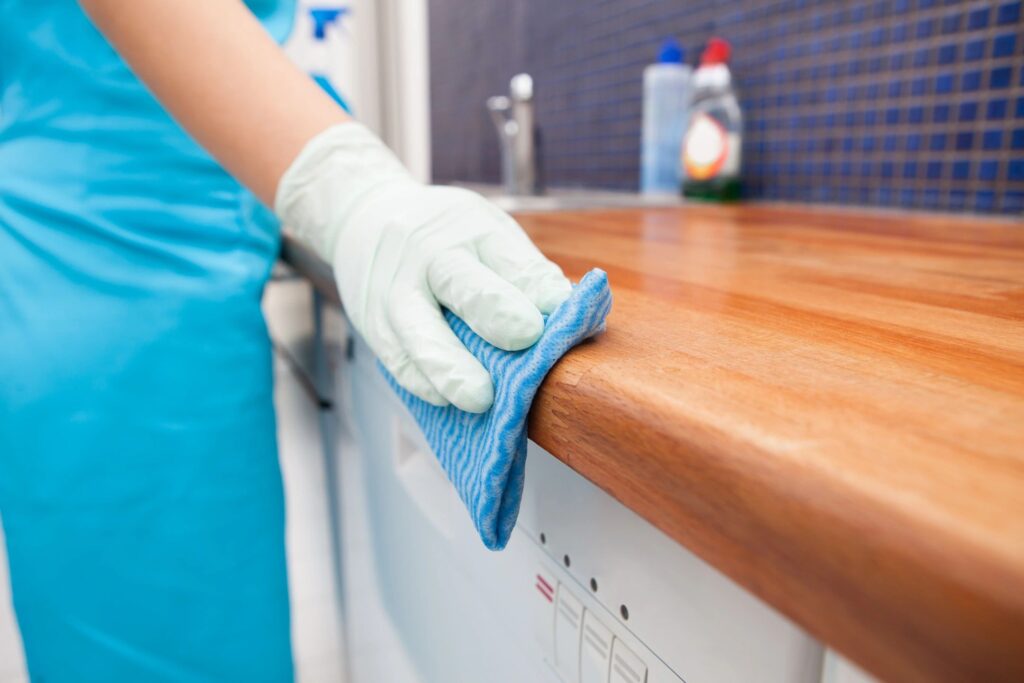Meigs Health Today: Healthy Homes


Meigs Health Today: Healthy Homes
By Dawn Keller, Sanitarian
According to the Ohio Department of Health, “The condition of your home can greatly affect your family and their health” (odh.ohio.gov). A healthy home will be:
Dry: Repair leaks, where ever they occur (including roofs, plumbing, etc.), as soon as possible. Insulate water lines to prevent condensation drips. Damp houses provide a nurturing environment for molds and attract a variety of pests such as cockroaches and mice, all of which are associated with asthma.

Clean: Clean homes help reduce pest infestations and exposure to contaminants. Control the sources of dust and contaminantsby regular dusting and vacuuming, reduce clutter, properly dispose of solid waste and garbage weekly, and using effective wet-cleaning methods routinely. Bathrooms should be routinely cleaned with disinfectant. Kitchen surfaces should be sanitized after raw meat items have touched them.
Wet cleaning methods are especially important during flu season, or if someone has been ill. Cleaning commonly touched items; such as remote controls, door knobs and telephones with disinfectant will help reduce the spread of germs. Read the labels on cleansers. Antibacterial products do not kill viruses unless they specifically say so.
Bleach is a good sanitizer and disinfectant. Not only is it affordable, it kills both bacteria and viruses. To use as a sanitizer for kitchen surfaces add 1 tablespoon of unscented bleach to 2 gallons of water. To use as a disinfectant, add 1 cup to 2 gallons of water and use in ventilated area. **Never mix bleach with ammonia-based cleaners**
Pest-Free: A recent study, reported by the National Center for Healthy Housing shows “a causal relationship between exposure to mice and cockroaches and asthma episodes in children; yet inappropriate treatment for pest infestations can exacerbate health problems, since pesticide residues in homes pose risks for neurological damage and cancer” (NCHH.org). All pests are searching for food, water and shelter. Seal cracks and openings throughout the home; store food in pest-resistant containers, and stop all water leaks to discourage pests. Use mechanical traps when needed. Use chemical treatments as a last resort and be sure to follow directions carefully.
Ventilated: Fresh air is important to improve indoor air quality, reduce moisture levels, and; studies show that it “improves respiratory health” (NCHH.org).
Maintained: Poorly maintained homes are at risk for moisture and pest problems as well as trip/fall hazards. Take care of minor repair issues before they become large problems.
Contaminant-Free: Common indoor chemical exposures include lead, carbon monoxide, pesticides, and tobacco smoke. Install CO detectors if you have gas appliances or use a wood burner. Some older homes may still have lead based paint. These surfaces may be repainted with a special type of paint known as an encapsulant or regularly washed to prevent lead dust from becoming airborne. Do not allow smoking inside your home!
Housing conditions can and should support good health. If you would like to know more about providing a healthy home environment, visit meigs-health.com/environmental-health/housing.









